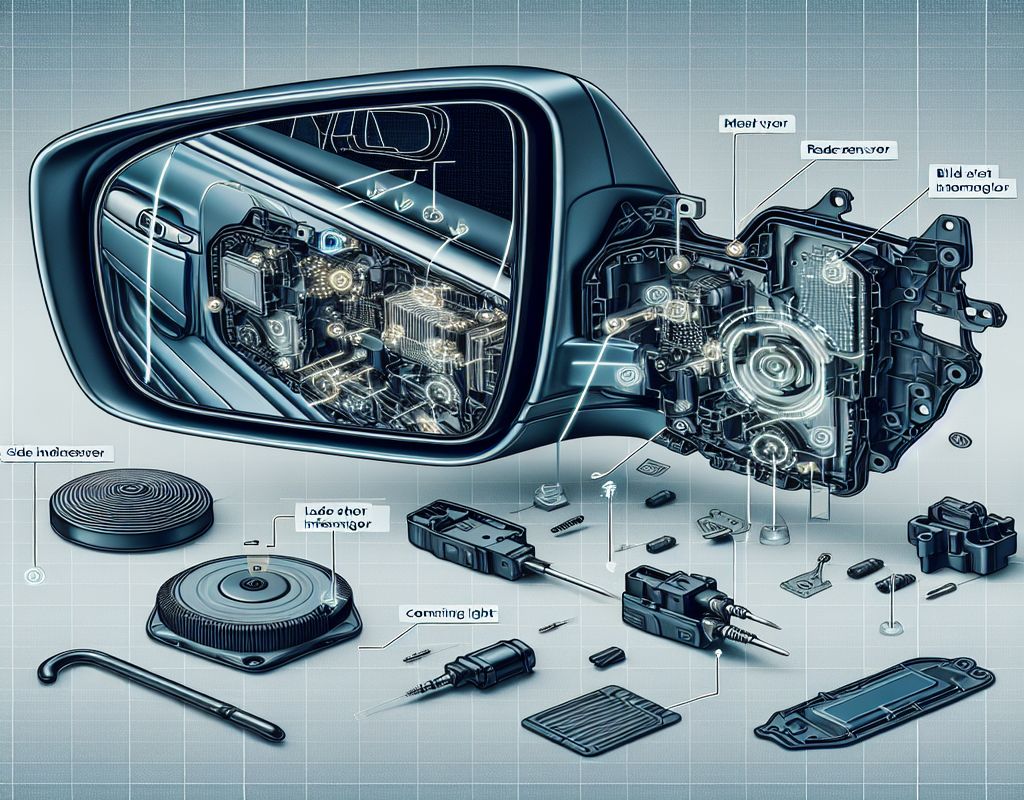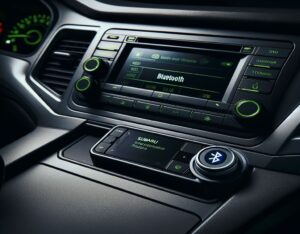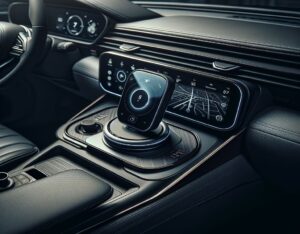Enhancing Road Safety with Honda’s Blind Spot Information Systems
In today’s fast-paced world, where traffic congestion is a common occurrence, being aware of and addressing blind spots in your vehicle is crucial for ensuring your safety on the road. These blind spots, the areas around your car that you can’t see directly, pose a significant risk of accidents if not properly monitored. Embracing techniques and technologies to enhance road safety is not just a choice but a responsibility for all drivers.
Understanding Blind Spots in Cars
Blind spots are those critical zones around your vehicle that are obscured from your direct line of sight, typically by the car’s structure like the rear pillars or side mirrors. They hide nearby vehicles, pedestrians, or objects, emphasizing the need for drivers to actively check these areas before changing lanes or making maneuvers.
Importance of Road Safety
Safety on the road is a collective responsibility that affects everyone sharing the space. Prioritizing safe driving practices, including effectively addressing blind spots, contributes to creating a secure road environment for all road users.
Introducing Honda’s Blind Spot Information Systems (BSIS)
In the realm of automotive safety technology, Honda’s Blind Spot Information Systems (BSIS) shine as innovative solutions designed to enhance driver awareness and reduce blind spot-related incidents. These systems use advanced sensors and warning mechanisms to alert drivers of vehicles or obstacles in their blind spots, providing timely notifications to improve decision-making and prevent potential collisions.
Exploring Blind Spot Information Systems (BSIS)
Definition and Purpose
A Blind Spot Information System (BSIS) is an advanced safety feature integrated into modern vehicles to assist drivers in effectively monitoring and managing their blind spots. By utilizing sensors, cameras, and warning indicators, BSIS acts as an extra set of eyes for drivers, detecting objects that may be hidden from view and issuing alerts to mitigate risks.
How BSIS Works
BSIS functions by continuously scanning the vehicle’s surroundings using strategically placed sensors. When a vehicle enters the blind spot zone, the system detects it and alerts the driver through visual or auditory signals, prompting caution and preventing potential hazards during lane changes or maneuvers.
Types of BSIS for Honda Vehicles
Honda offers a variety of Blind Spot Information Systems to cater to different preferences and needs. These systems range from basic setups providing essential blind spot warnings to more advanced configurations that include features like rear cross-traffic alerts, enhancing driver awareness and safety on the road.



